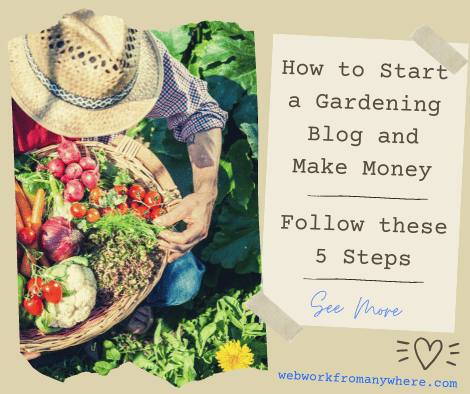How to Start a Gardening Blog and Make Money. First, choose a sub-niche, like desert gardening to attract a focused audience. Sign up to WordPress for a website. Do keyword research to improve search ranking, and create engaging and helpful content. Promote your blog through social media. Earn commissions on garden products with affiliate marketing. With dedication and consistent effort, you’ll have a financially rewarding gardening blog.
Step 1. Choose Your Gardening Sub-Niche
Gardening is a huge niche so you need to find a smaller topic, a sub-niche. Here you’ll find a more targeted audience and less competition.
Gardening covers a wide variety of topics. From exotic orchids to sustainable vegetable patches to cottage gardening. To stand out, zero in on a sub-niche that resonates with your passion and expertise.
Your chosen sub-niche needs to interest you over the long term. You’re spending a lot of time and effort building your blog.
Choose an Evergreen Sub-Niche
A key strategy for niche blogging is to choose an evergreen sub-niche. These are niches that don’t date or go out of fashion. Your content remains relevant and valuable for years to come. You won’t chase the latest trends or spend precious time updating old posts.
Sub Niche Ideas for You
- Are you a wizard with indoor plants?
- Does the challenge of a rooftop garden excite you?
- Are you drawn to the art of bonsai?
- How about the science behind composting?
- Are you keen on growing tomatoes in containers?
- What about fruit forests?
- What about moon gardening, raised bed gardening, or rose gardening?
- See more at the end of the post
See Also: 20 Lucrative and Unique Gardening Sub-Niches for Blogging
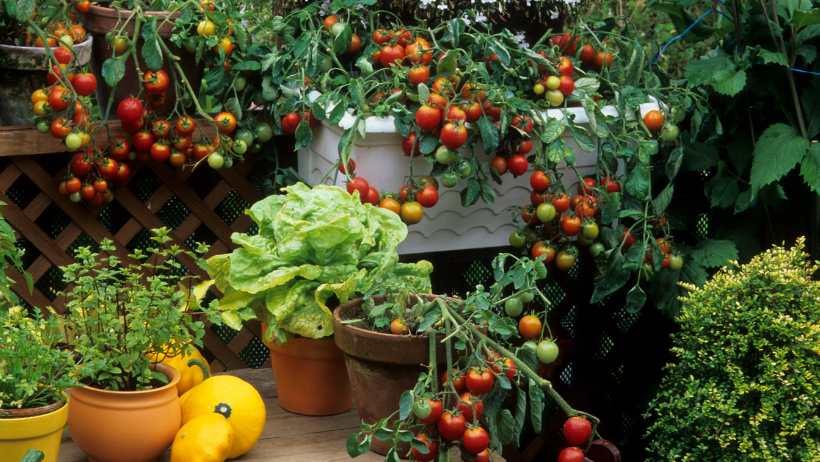
Actionable Tips
Start by listing all gardening areas you’re passionate about. Then, narrow down your list. First, consider which topics you can write about expertly. Second, what unique angle can you bring to the subject? This is the seed of your blog’s success—nurture it well.
Once you’ve pinpointed your niche, research it meticulously. Do this from the angle of your audience. Understand their needs and their questions.
What are they searching for? How can you offer unique value?
Places to Do Your Niche Research
- Browse gardening books, magazines, and websites to find ideas for your niche.
- Look at Facebook groups in your niche.
- Check out the questions on Quora and Reddit.
You’ll create helpful content that you know your audience needs help with. The more focused your blog, the more you become the go-to expert.
You’re creating an authority blog where you give lots of information freely. I’ll further explain how you can make money from this type of blog in this post.
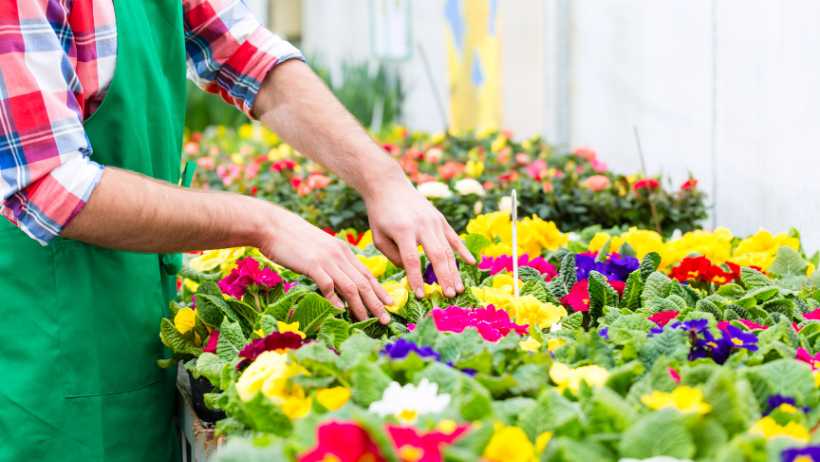
Step 2. Choose Your Blog Name
Your next decision is to come up with a future-proof blog. So, think ahead. Let’s say your sub-niche is container vegetable gardening now. But in the future, you might extend it to raised gardening. So containervege.com will limit you, while gardeningexpert.com is fine.
Choose a name that people will easily remember and recall. Aim for something catchy and unique. Make sure it’s easy to spell and pronounce. Aim for a concise name, ideally 2-3 words, and check if the domain name is available. You can use hyphens but I recommend you don’t, eg, container-vege.com.
Buy the Domain
I manage my domain registration and website hosting through Wealthy Affiliate. I can manage my websites all in one place – easy!

Step 3. Tools for Every Gardening Blogger
The right blogging tools are the backbone of any successful blog. They speed up your process from idea conception until you hit that publish button.
a. WordPress
First on the list is the popular blogging platform I use, WordPress. It’s a free and user-friendly platform. You can easily create and manage all kinds of websites. From blogs to design websites to complex e-commerce stores.
WordPress is versatile with SEO-friendly features that you can control. Initially, there’s a steeper learning curve, but you’ll get the hang of it.
b. Host
Securing a home (aka host) for your blog is crucial. I’ve found the perfect spot at Wealthy Affiliate, where my websites thrive. Other stellar WordPress hosts like Hostinger and WP Engine also offer fantastic foundations.
c. Themes
You next pair WordPress with a professional-looking theme. This is like a pre-designed outfit for your blog. A theme controls the visual appearance of your blog. This includes the layout, fonts, colors, and overall style. A theme is like a template that you can personalize to your preferences.

WordPress provides the core functionality. While the theme lets you customize the look and feel of the site, without any coding knowledge.
I use the GeneratePress theme which is lightweight and fast-loading. A fast-loading blog ranks higher in search results and keeps your visitors engaged. They won’t wait very long for it to load! You can tailor the theme’s appearance and functionality with GeneratePress’s customization options.
d. Plug-ins
WordPress plugins are like mini apps. You add them to your blog to enhance the theme’s functionality and add new features. You also don’t need any coding knowledge (phew!)
For example, I use the Pretty Links plug-in to track my affiliate links. I also use the Ultimate Blocks plug-in which offers all sorts of creative blocks like
- a table of contents block
- a styled box block
- a styled list block
- a testimonial block
- call to action buttons
- social media blocks
e. Photos
High-quality images are crucial in gardening blogs. Your readers want to see the vibrant colors of flowers and the lushness of plants.
Invest in a good camera or learn to maximize your smartphone’s camera capabilities. Take your photos to the next level, giving them that wow factor! I use the Canva editing software. Another popular option is Adobe Lightroom.

f. Social Media
Don’t overlook the importance of social media management tools like Buffer or Hootsuite. Gardening is a very visual medium. Gardening enthusiasts flock to visual platforms like Instagram and Pinterest for inspiration.
Buffer and Hootsuite can help you schedule posts, analyze your audience’s engagement, and grow your online presence. They have free plans.
g. Yoast
I use the SEO (Search Engine Optimization) plugin, Yoast. It prompts you to add all the necessary optimization steps to each blog post.
At the end of a post, Yoast gives you the steps you need to take, for example…
- the number of keywords needed
- the meta-description
- the alt-tags in your images
- H2, H3 headings
- the internal links
- the external links
See my Tools and Resources page for more help on How to Start a Gardening Blog
See More Blogging Help
Step 4. Content Strategies to Grow Your Audience
Niche blogging is all about giving helpful information to your targeted audience. The why, where, what, who, how, when posts. Understanding your audience’s needs and interests is crucial before creating content. So how do you do that?
You need to find their pain points to see what problems they need help with.
How to Find Pain Points
- Join online communities and forums related to your niche. Answer questions. Pay special attention to the topics and discussions that generate the most engagement.
- Check out the questions and answers on Quora and Reddit. What questions are people asking?
Example: Indoor Gardening Comment on Reddit

This comment has questions and ideas for your posts
- How do I grow vegetables from seeds indoors?
- How to germinate seeds?
- How warm does the heating mat need to be?
- What vegetables can I grow indoors?
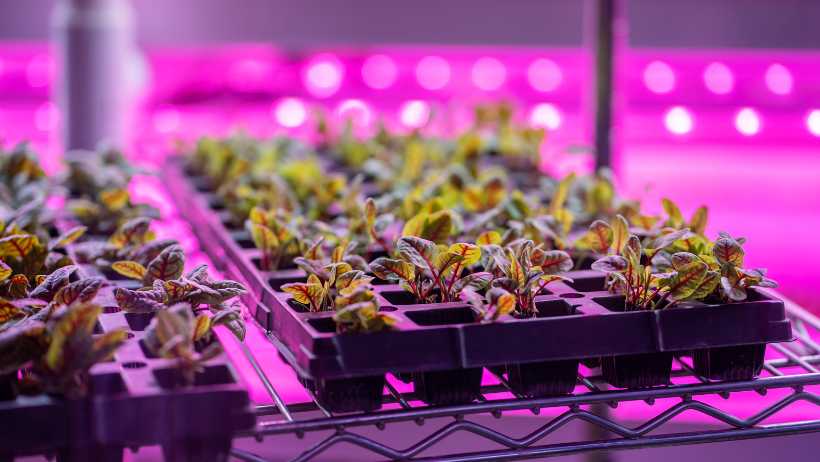
Check out your Competition
Look for gardening websites with an FAQ page. These sites may also have affiliate programs you can join! See the FAQ Page below from a seed website with lots of content ideas…
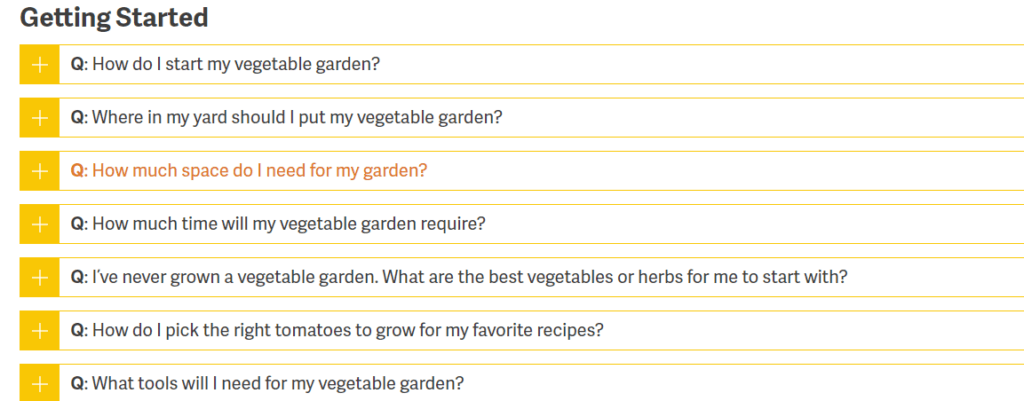
Look at Trends and Keywords
Discover low-competition, high-potential keywords with the right keyword research tools. You can then compete effectively within your niche.
Use tools like Google Trends to see what’s trending in your niche. Is it a steady topic? You see tomato’s popularity rise in summer and dip in winter. So now you know your niche is seasonal – create content for the seasons.

Check out Google’s ‘People Also Ask”. These are up-to-the-minute searches on Google.
The AlsoAsked keyword research tool gives you the “People Also Ask” results plus more! Search results are organized based on what users are trying to find. This gives you content ideas galore for your FAQ posts and listicles. Read more about AlsoAsked here.
Use The Hoth Keyword Tool to find lots of long-tail keywords. You’ll see vital stats like competition, difficulty, and search volume.
By using these keyword insights, you create content that answers your audience’s queries and establish yourself as a go-to resource
More Keyword Help
Engagement is Key
Encourage your readers to interact with your content. At the end of each post, ask questions and invite them to share their gardening experiences. This builds a community around your blog, fostering loyalty and repeat visits.
Mix Your Content Up
As I’ve said previously, focus on creating valuable, high-quality content.
You could include how-to guides, video tutorials, personal stories, and product reviews. This variety caters to different people and keeps your blog fresh and interesting.
Use SEO Best Practise
You want Google and Bing to discover your content. After you hit publish enter your blog post’s URL at:
- Google Console URL Inspection
- Bing Webmaster Tools.
Include the Following in your Posts
- Long-tail keywords (less competition)
- H1, H2, H3 headings in the correct order
- Meta description
- Alt-text for images
- Images and a video for visual interest
- an FAQ at the end of the post

Step 5. Monetize Your Gardening Blog
Popular ways to monetize your niche blog include affiliate links and display ads. Choose the approach that works for you, but prioritize problem-solving content.
Focus on informative content, aiming for an 80-90% ratio of valuable posts that educate your audience. The remaining 10-20% are dedicated to monetization strategies like affiliate marketing. These monetization posts offer content that drives conversions, eg. reviews.
Examples of informational posts
- listicles (9 Green Vegetables that Grow on Balconys)
- Q&A (all those questions you saw on ‘People Also Ask’)
- Step-By-Step (like this post!)
- Beginner’s Guide (The Beginner’s Guide to Growing Mini Cacti)
- Pros and Cons (The Pros and Cons of Growing Heirloom Vegetables)
- Problem-solving Posts (How to Grow Vegetables Indoor in the Winter)
Examples of money posts
- Product reviews (4 Seasons HELIOs 1000X LED Grow Light Review)
- Buyer’s guides (Buyer’s Guide to LED Indoor Grow Lights)
- Product round-ups (3 Strongest LED Indoor Grow Lights)
- Best of posts (5 Best LED Grow Lights for Indoor Vegetable Gardening)
Sign Up to Affiliate Programs
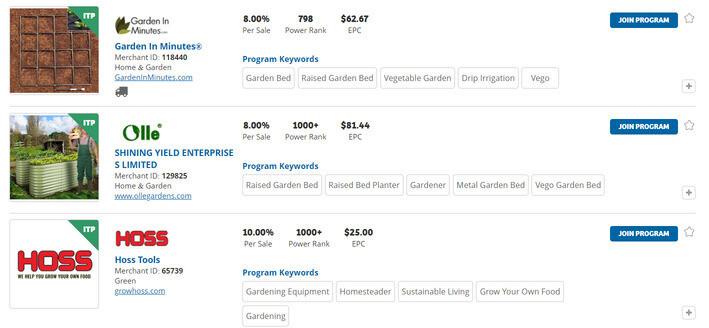
You can join direct affiliate programs or affiliate networks. These manage hundreds of affiliate programs (called merchants), for example, ShareASale. Every time your readers purchase through your links, you earn a commission.
You’ll find affiliate programs with
- Gardening tools and equipment: Hand tools like shovels and rakes. Power equipment like lawnmowers and tillers, and raised garden beds.
- Seeds and plants: Vegetable seeds, flower bulbs, and live plants.
- Gardening supplies: Compost, potting mix, and fertilizer. Pest control products, outdoor lighting, and garden decor.
- Indoor gardening products: Products for growing indoor plants, such as grow lights. Hydroponic systems, and self-watering planters.
Ad Display Networks
You can get paid to display ads on your blog with the following networks. You can also pay to advertise with these networks.
If you only want display ads on your blog, you’d have very few or no money posts. Don’t worry about the ads appearing through the content. You’re giving free, insightful answers to your audience’s problems! They’ll appreciate the help.
- Google AdSense has the best brand recognition. They have strict standards but are a great start. If you don’t succeed the first time, keep creating content and try again. See Google AdSense Help here.
- Ezoic uses AI to ensure a personalized user experience. They work with publishers of all sizes, niches, and locations around the world.
- eLeavers is an advertising network based on content-targeting ads. The Publishers Program displays relevant ads within your content. So you can add a new revenue stream to your blog.
Find a Sponsor
Don’t overlook the power of sponsored content. Reach out to gardening brands and offer your blog as a vibrant platform for their products. It’s a win-win. You get compensated. Your audience discovers products that make their green spaces thrive.
Sell Your Own Products
Create and sell your own digital products. For example, eBooks or online courses on gardening tips and tricks. Your blog already attracts gardening enthusiasts, so cater to their thirst for knowledge.
Offer Subscription
Incorporate a subscription model for exclusive content. Offer in-depth guides, personalized advice, or weekly tips for a small fee. It’s like nurturing a special garden club. Your expertise helps others’ gardens bloom and you make money.
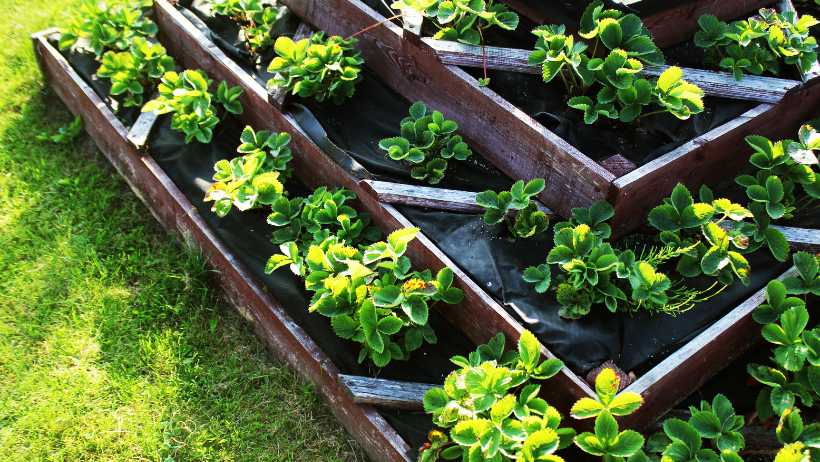
FAQ How to Start a Gardening Blog
1. What if I don’t have a lot of gardening experience?
Don’t worry, your passion and willingness to learn are key! Start by sharing your journey as you learn. Highlight your successes, challenges and failures. Focus on specific aspects you excel at, for example, photography, cute pots for mini cacti.
2. How often should I post?
Consistency is crucial, but it depends on your time and resources. Aim for a realistic schedule, like once or twice a week, and stick to it. As you gain momentum, you can adjust the frequency based on audience engagement.
3. What are some creative content ideas?
Beyond traditional plant care guides, explore creative formats like:
- interviews with local experts
- garden tours
- DIY projects using recycled materials
- seasonal recipes featuring homegrown ingredients
- fun challenges and experiments
4. How can I promote my blog?
Use visual social media platforms like Instagram and Pinterest. Share eye-catching content and engage with gardening communities. Use relevant hashtags and take part in online forums. Offer to guest blog on established gardening websites (make sure you have a unique angle). Write articles for Medium, an online magazine-style website.
5. How can I use my blog to make a positive impact?
Gardening is about nurturing the environment and fostering a sense of well-being. Explore ways your blog can inspire positive change.
- You could highlight sustainable gardening practices
- Showcase native plant species
- Promote bee and butterfly-friendly gardens
- Start a community garden
Use your platform to advocate for environmental responsibility and community engagement. Make a lasting difference beyond your own garden plot.
6. Should I start an Email Marketing Campaign?
Yes, that’s a great idea! Email marketing is a cost-effective and easy way to build an engaged audience. They want to receive your emails and are likely to take the action you recommend. You can read my AWeber Email Marketing Review here.
See this Video
You’ll see detailed instructions on how to start a gardening blog
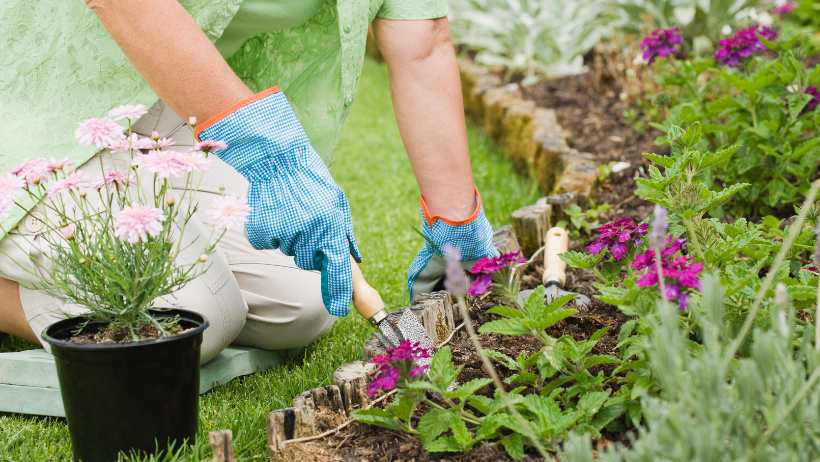
More Gardening Sub-Niche Ideas
- Container Gardening
- Vegetable Gardening
- Herb Gardening
- Flower Gardening
- Cactus and Succulents Gardening
- Urban gardening
- Indoor gardening
- Companion planting
- Edible landscaping
- Permaculture gardening
- Aquaponic Gardening
- Square Foot Gardening
Organic Gardening:
- Organic Herbs Gardening
- Organic Fruit Gardening
- Organic Vegetable Gardening
- Organic Container Gardening
- Organic Lawn Care
- Organic Pest Management
- Organic Soil Management
- Organic Greenhouse Gardening
- Organic Indoor Gardening
- Organic Wildflower Gardening
Hydroponic Gardening:
- Indoor Hydroponics
- Backyard Hydroponics
- Commercial Hydroponics
- Aquaponics
- Organic Hydroponics
- DIY Hydroponics
- Nutrient Film Technique Hydroponics
- Aeroponics
- Hydroponic Greenhouses
- Deep Water Culture Hydroponics
Vertical Gardening:
- Indoor Vertical Gardening
- Vertical Wall Gardens
- Rooftop Vertical Gardens
- Container Gardening
- Vertical Vegetable Gardening
- Vertical Flower Gardening
- Vertical Herb Gardening
- Living Wall Systems
- Vertical Landscaping
- Vertical Hydroponics Gardening
P.S. Hi Friends – I hope this post ‘How to Start a Gardening Blog and Make Money’ has benefited you and you’ve gained some insights.
Feel free to share your own ideas and If you have any questions, pop them in the comments below. I will get back to you ASAP.
Check out my latest value-packed posts about niche research and affiliate marketing to help your business progress. Please share if you think this will help your friends and networks.
Also, see my Number 1 recommendation for the top blog training online where I learned the craft.
Determined to help you succeed, Alisa
SEE THE LATEST
- How Many Social Media Platforms do I Need to Be On?
- 6 Best Website Builders for Your Online Business
- 6 Best Online Life Coaching Platforms
- Market Your Coaching Business Without Spending a Fortune
- 15 Essential Resources for Life Coaches (Paid and Free!)
- How to Create Your Irresistible Life Coaching Offer
